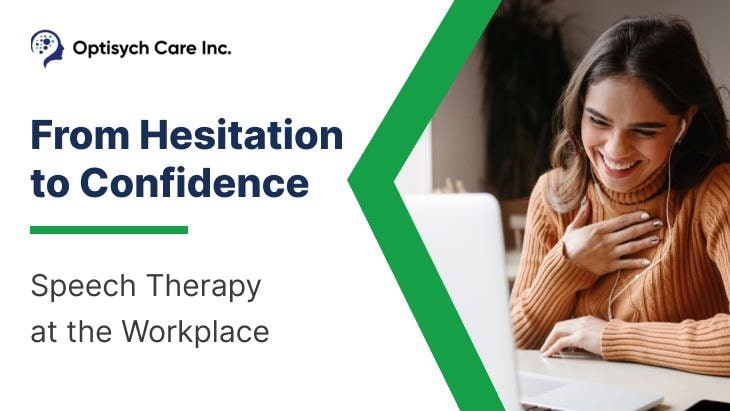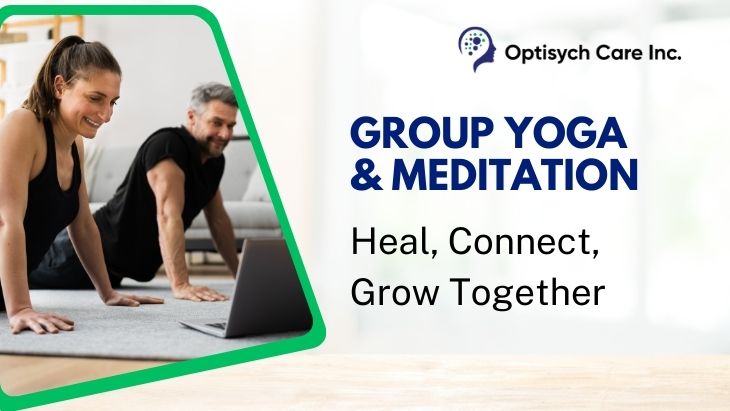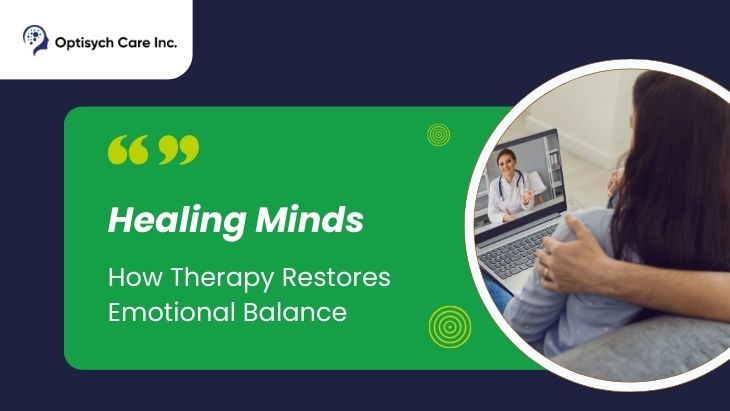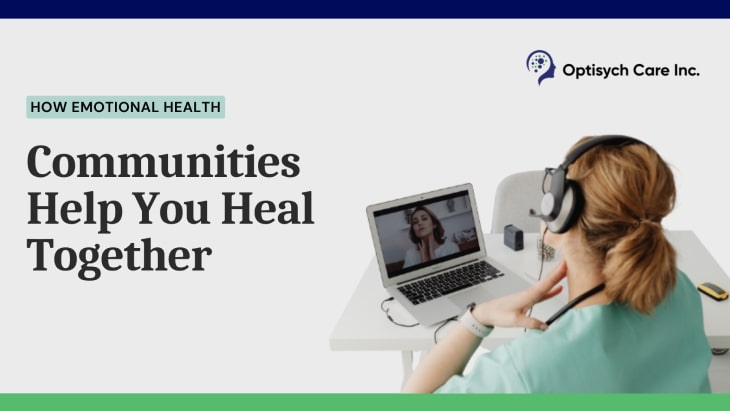Many of the most complex problems we face today, such as climate change, mental health crises, chronic diseases, or educational inequality, just to name a few, are too big to be addressed by any one organization. Large-scale and older types of collaboration usually take a long time, as they are often sluggish, not to mention the red tape and interest conflicts. It is here that the holistic interventions wherein the experts of the OIC congregate into micro-consortiums are shaping up the game.
A micro-consortium consists of a few but very targeted number of professionals, organisations or institutions that collaborate to address a particular issue in a multi-faceted problem-solving manner. These agile teams cannot compare to sprawling partnerships and instead deliver expertise, speed and precision.
This blog will look at why Optisych Care and other industry makers are pushing micro-consortium models, why they are proving so popular, and how they are going to transform holistic problem-solving in many fields.
What are micro-consortium models?
A micro-consortium is not any partnership—it is a purposefully-oriented task force. These are the teams:
Niche and mini—generally less than 10 major stakeholders each with distinct and complementary skills.
Mission-oriented—structured to have a properly understood and articulated goal or issue.
Flexible/Adaptive—Able to adapt its strategies in light of changes in the challenges.
Micro-consortiums eliminate red tape as compared to traditional consortiums that may include dozens of stakeholders. They are more interested in impact than scale. Whereas big collaborations are oriented on wide and ultimately long-term effects, micro-consortiums are aiming at the immediate and tangible results.
These are models that find application in healthcare, environmental studies, education reforms, and innovations in technology. As an example, mental health clinicians such as Optisych Care may cooperate with neuroscientists, technology start-ups and local support centers in order to provide interventions that incorporate clinical, technological and community thinking.
Why There Is a Need to Have a Holistic Way of Addressing Problems
The issues of modernity are transverse and compound. For example:
Mental health is related to socioeconomic variables, physical fitness, education, and access to the internet.
Food security, migration and public health are coupled with affectations of climate change.
The gaps in education determine the workforce readiness, the growth of the economy, and social equity.
When organizations act in silos, there is a tendency to act on a symptom and not the cause. This results in scattered, short-term solutions.
A problem-solving process that is holistic makes a solution to a problem to be tackled in an integrated manner. Micro-consortiums craft sustainable multi-layered interventions through the convergence of medical knowledge, social research, technology, and policy as opposed to stopping gaps.
The reason micro-consortiums work better
Speed and Nimbleness
Micro-consortiums are fast-paced because of a smaller number of decision-makers. Instead of months of lag time they can experiment, collect information and put things in place.
Accuracy and Clarity
They do not bring everything they have but just provide specific knowledge. This avoids the dumbing down of efforts and stays on track to the missions of the project.
Stronger Collaboration
Shrinking teams foster more trust and alignment. Communication is also clear, fewer disagreements are encountered, and the agreement is made less than before.
Cost-Effectiveness
Micro-consortiums do not incur the overhead of huge networks. Administration is given fewer resources, and this money is directed to action.
In the case of a provider such as Optisych Care, this implies that mental health interventions would be more convenient, cost-efficient, and implementable within a short period of time, including AI-based measures for diagnosing mental conditions and iterative therapy systems based on individual lifestyle, family and social support systems.
Applications/Case Studies
Healthcare: A micro-consortium comprising Optisych Care, wearable technology teams, behavioral science, and local therapists worked together in developing an integrated mental wellness platform. This decreased the time of patient assessment by 40 percent and boosted the level of therapy adherence.
Sustainability: The renewable energy initiatives have supported local solutions such as microgrids, where small coalitions of engineers, environmentalist organizations and policymakers have introduced local solutions that supply rural populations with low-cost clean energy.
Education: Colleges have partnered with edtech start-ups and psychologists to fill the learning gaps. With real-time data sharing, they have been in a position to differentiate digital learning to meet the needs of students with special needs.
Such micropartnerships produce measurable outcomes in a shorter time than do large consortiums, and they typically use less money and time.
This is presented as Challenges and Considerations.
There is no ideal model. There are a number of obstacles in micro-consortiums:
Scalability—They are good because they are focused; however, when they scale their solutions to much larger groups, they need to be planned.
Funding—The smaller, adaptable entities cannot always attract financial support in the long term like the large-scale partnerships.
Coordination—Fewer members from the group means that the loss of one member may halt progress dramatically.
To address such issues, institutions such as Optisych Care are developing modular frameworks, with the successful micro-consortiums at one point able to be replicated in other areas or particles added to them without becoming cumbersome. They also take advantage of digital platforms where collaboration occurs and knowledge-sharing and transparency are guaranteed in between teams.
Future of Models of Micro-Consortiums
A number of trends are increasing the ascendancy of this approach:
On platforms involving AI and data, research can be shared in real-time, and duplication can be eliminated, leading to better results.
Global teams can work as conveniently as local teams by using virtual collaboration tools.
Traditional grant funding is making way for outcome-based funding in which teams that can respond nimbly to demonstrate impact are preferable to those that cannot.
Optisych Care is leading the way in healthcare to implement holistic interventions on a micro-consortium basis through a combination of clinical expertise, technology partners and networks in the community to develop fully integrated patient care systems. In sustainability we are seeing governments investing in small task forces instead of mega projects, since they provide concrete benefits more quickly.
Institutions that are ready can get ahead of the trends by establishing interdisciplinary networks, digital infrastructure, and the capabilities of rapid testing now.
Conclusion
Smaller micro-consortium models have huge potential by being small. They enable innovators, researchers and service providers to work quickly and collaborate and solve problems in a more holistic way than ever before.
Just as problems in the world become increasingly complex and interconnected, it ceases to be a choice to act and think in an agile, multidisciplinary manner. Indeed, recent examples, such as Optisych Care and other progressive organizations in either the mental health field, environmental protection, or education, are demonstrating how micro-consortium-centered holistic interventions are becoming promising and can revolutionize the way we treat complex problems.
Governments, businesses and research institutions should now adopt this model. By forging small, strong teams with aligned objectives, we can build sustainable, scalable solutions that actually make a difference.






Leave a reply